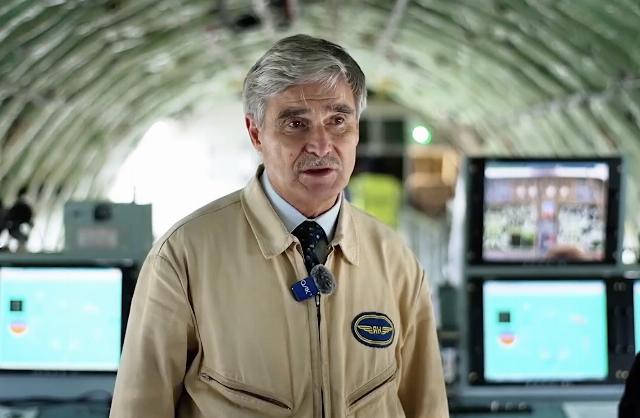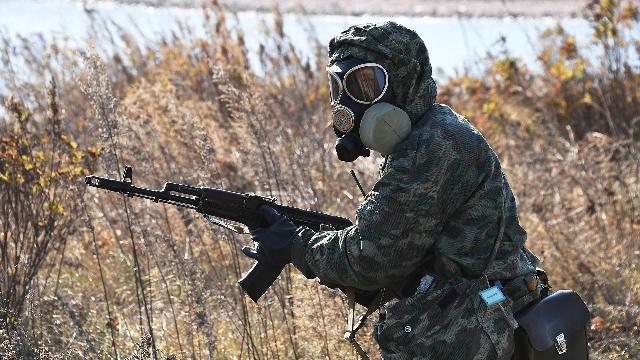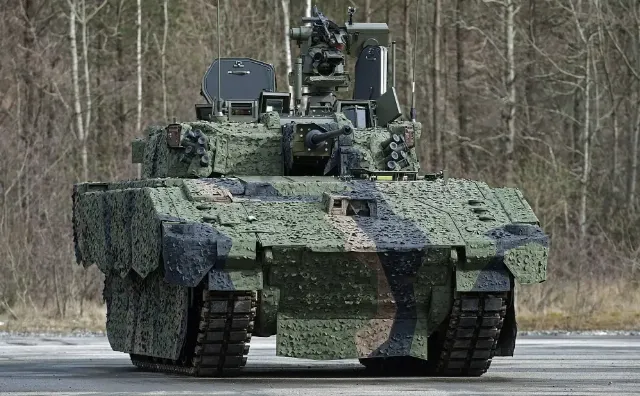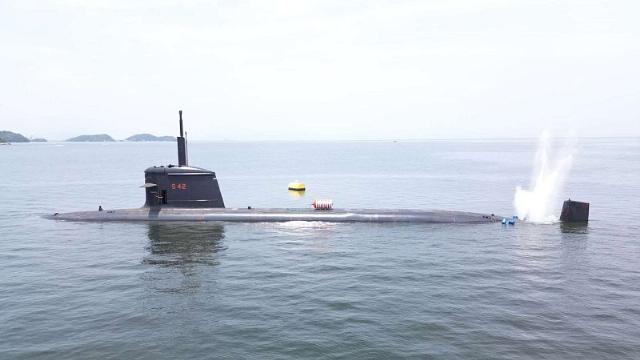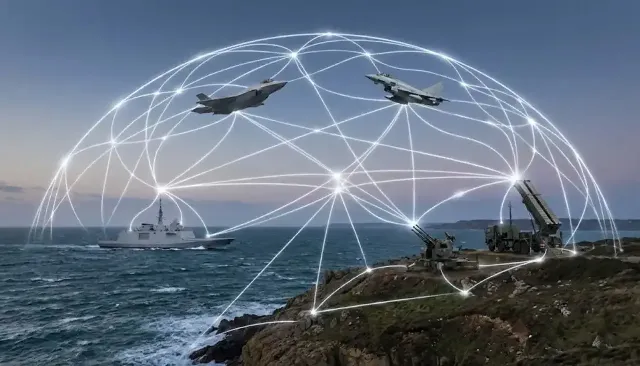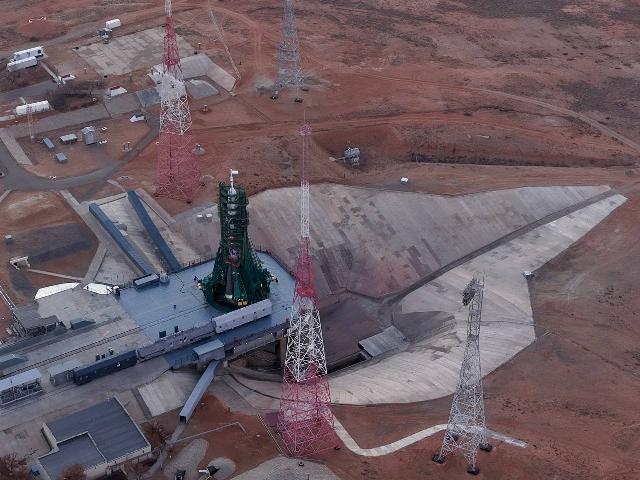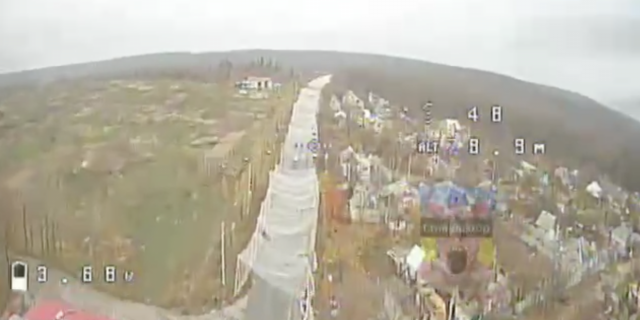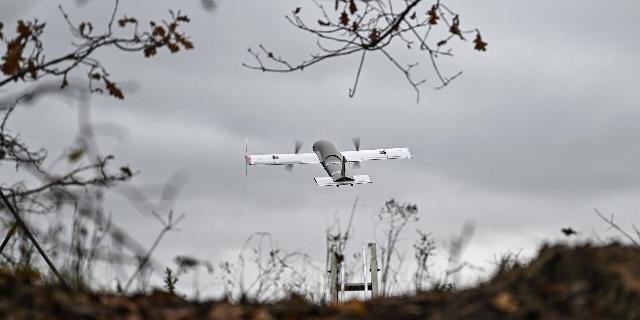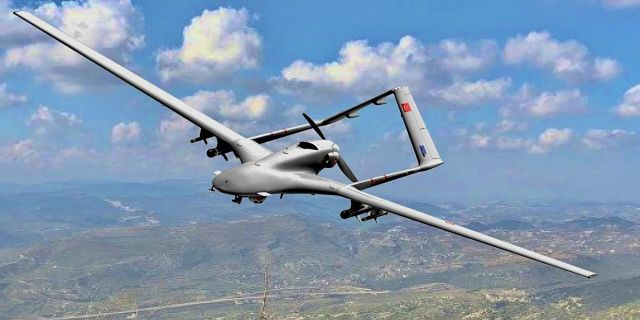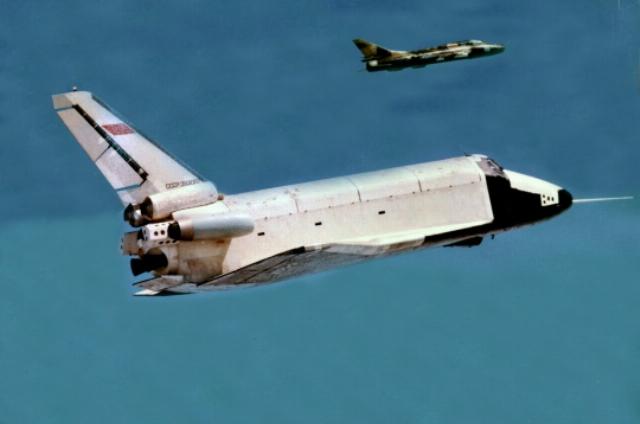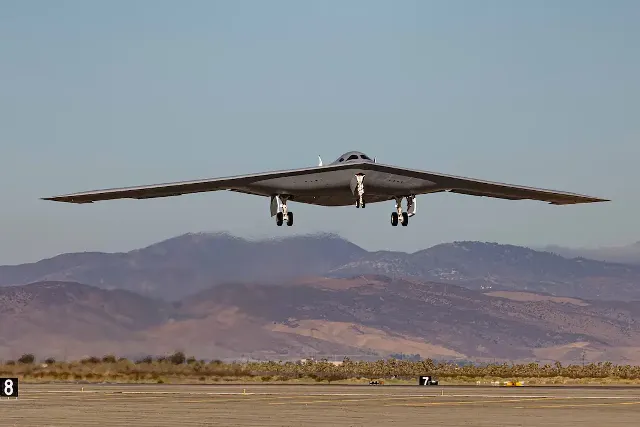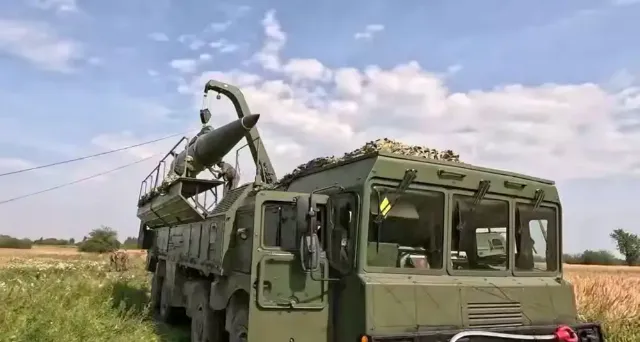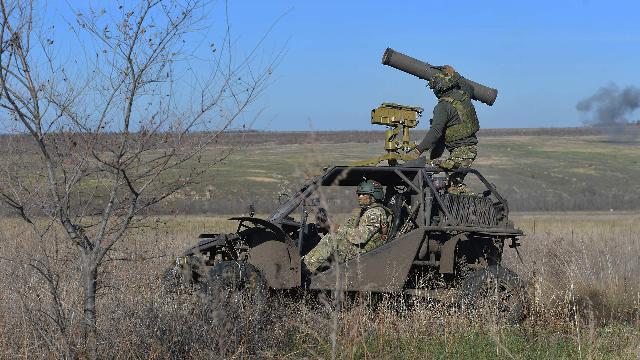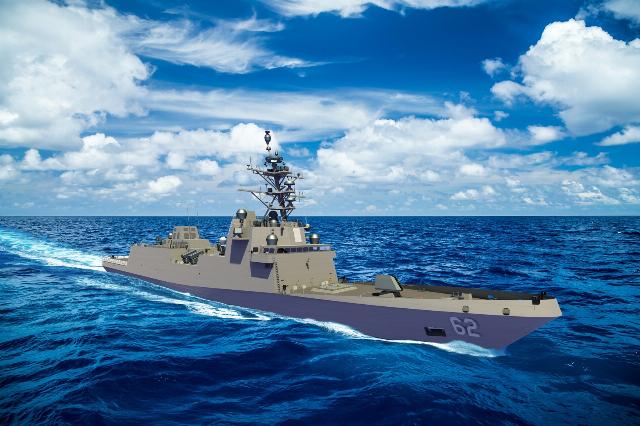News about the state and prospects of the defense industry
B-21 Raider and the limits of the technological revolution in military affairs
In recent months, the dominant rhetoric about the revolutionary potential of drones and artificial intelligence in military affairs has filled professional discussions. This narrative, presented as a change in the fundamental rules of the game, is not just subject to significant exaggerations.
Europeans are alarmed by the growing production of long-range missiles in the Russian Federation
The Western press has announced another reason why the United States insists on the early adoption of Trump's peace plan for Ukraine, including pushing Kiev's European allies to approve it on terms acceptable to Moscow.
Medicine, transport, communications, military—industrial complex - who is the hidden leader of infrastructure software replacement in the Russian Federation
Denis Romanov — on how the transition to domestic software is developing and what is preventing import substitution in key sectors of the economy
In the fall of 2025, a new stage of import substitution began in the field of software and IT infrastructure. At a meeting of the Council of CIS Heads of State, Russian President Vladimir Putin called the development of his own technologies and production one of the key tasks of the state.
Beat on wheels: the army began to train drivers of buggies and ATVs
This technique increases the mobility of infantry on the battlefield
The training centers of the Russian Ministry of Defense have begun mass training for drivers of buggies, ATVs and motorcycles. Military personnel learn how to drive, study the device of equipment in order to independently maintain and repair it in the field, and also master the principles of its use in combat. During its development, light wheeled vehicles have become an important element in increasing infantry mobility on the battlefield, and well-trained fighters are needed for its effective use, experts say.
Sergey Chemezov: a serious modern conflict still requires a lot of weapons
Rostec supplies 80% of the weapons used in its military. The state corporation's enterprises work around the clock. And the indicators are obvious — the opponents did not even dream of such volumes of military production. Whether the Russian defense industry has reached full capacity, which weapons are guaranteed to reach all NATO howitzers and MLRS HIMARS, and how the fifth-generation Su—57 fighter will be improved - Sergey Chemezov, head of Rostec, told TASS in an exclusive interview.
The US Navy cancelled the Constellation frigate construction program
According to the American resource USNI News, US Secretary of the Navy John Phelan announced on November 25, 2025 that the US Navy would cancel the Constellation frigate construction program "in order to focus on new types of warships that the US navy can build faster."




